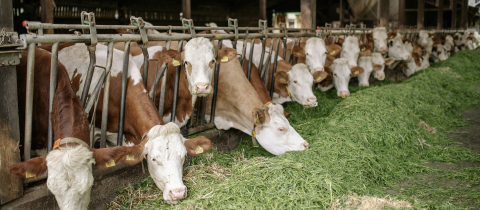Gutta percha is the hardened latex of the Palaquium gutta tree, originally native to Malaysia. This is a natural “thermoplastic” substance, meaning it can be softened with heat and shaped into a form that is retained on cooling. Gutta percha was introduced to Europe in 1842 by Dr. William Montgomerie, a surgeon serving with the British army in the East Indies who had originally come across the substance in Singapore where it was being used to make handles for machetes. He thought the substance would be useful to produce handles for medical devices as well as splints for fractures.
Victorian society quickly took to gutta percha. Chess pieces, mirror cases, jewelry and jewelry boxes were fabricated with it. Dentists found it useful for filling cavities. But perhaps the biggest impact was on the game of golf. At the time, golf balls were made of feather-stuffed leather, were expensive, and not exactly aerodynamic. Balls fashioned out of gutta percha were cheaper and flew further. When they were dinged up, these “gutties” could be repaired by softening in boiling water, and then reshaping in a hand press. The ball’s popularity increased when it was discovered that grooves cut into the surface allowed for a longer flight. A skilled gutty maker was able to produce six dozen or more balls a day, 25 times what a feather ball maker could turn out. This meant that the price of golf balls dropped and consequently lower income golfers could afford to play the game. But today, low income earners can’t afford to collect gutta-percha golf balls. Although some can be found for a few hundred dollars, hand-hammered balls produced between 1855 and 1875 have been auctioned off for as much as $28,000. The one I purchased is damaged and only set me back about fifty dollars. Gutties were the ball of choice until about 1900, when they were replaced by the “Haskell” ball made of a solid core of rubber wrapped tightly with rubber threads.
Interestingly, rubber, which is also an exudate of a tree, and gutta percha have almost identical molecular structures. They are both polymers of a simple molecule, isoprene, so can be termed as “polyisoprenes,” but different “kinks” in the long molecules, referred to as “cis” or “trans,” allow for different properties. While gutta percha is thermoplastic, rubber is thermosetting, meaning that once formed into a shape it cannot be reshaped with heat. The rubber used in the Haskell ball was “vulcanized,” a process introduced by Charles Goodyear who discovered that treating natural rubber with sulphur allowed it to be made into a very hard material. It turns out that the sulphur atoms cross-link the cis polyisoprene units to form a tough latex.
Gutta percha is mostly a relic of the past, having been displaced by a variety of high-performance polymers. Except in one application! It is still used in dentistry, although not to fill cavities as in the early days. Gutta percha is the best material with which to fill root canals after diseased tissue has been removed. If you have to have a root canal filled, you’ll note the smell. That’s isoprene being released when gutta-percha is heated. Besides my jewelry box and golf ball that are displayed in my office, I have also collected samples of gutta percha used to fill root canals. They are stored in my mouth.







